Not Just Snakes and Spiders: 10 Poisonous Animals That Can Kill You
Categories: Animals
By Pictolic https://pictolic.com/article/not-just-snakes-and-spiders-10-poisonous-animals-that-can-kill-you.htmlJust one bite from representatives of some classes and species of fauna can send a person to the other side of the Styx River. The defense organs of such inhabitants or their tissues contain substances that have a toxic effect on animals and the human body. Nature has endowed them with deadly weapons so that it would be easier for them to survive in the wild. They usually use poison for hunting or defense.
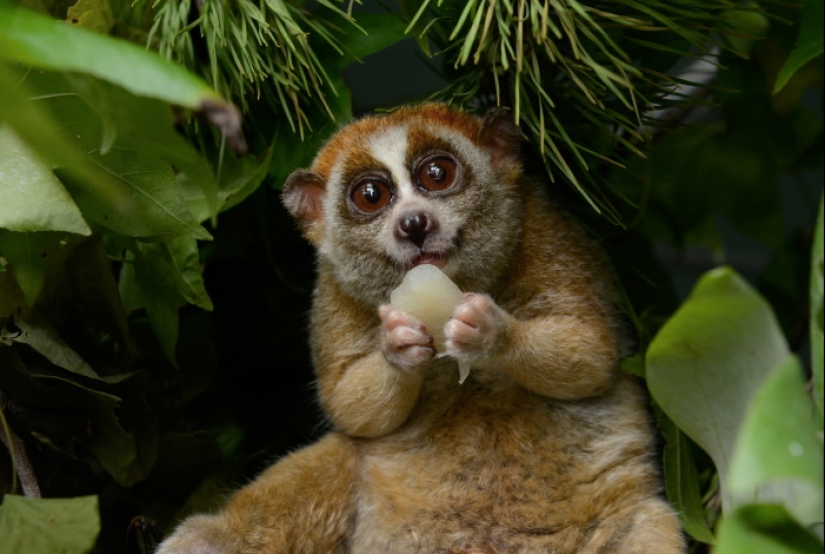
The most poisonous animals are arachnids and snakes. However, besides them, both on land and in water, there are many other inhabitants whose main weapon is a powerful toxic cocktail. We found 10 representatives of other species that have special organs that produce dangerous poison.
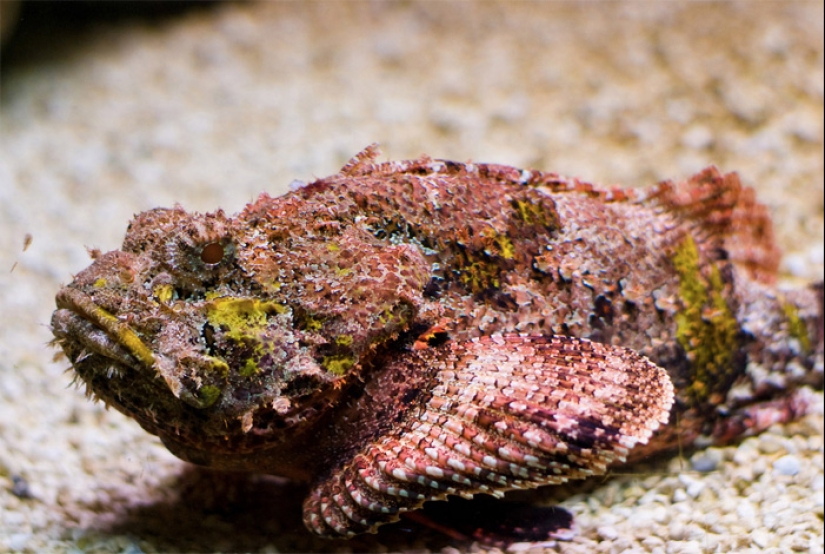
This marine representative of the stonefish family is considered the most poisonous fish in the world. It lives near the coral reefs of the Pacific and Indian Oceans and disguises itself as a stone. The 12 spines of the dorsal fin have the most powerful poison glands among fish. Depending on the depth of penetration, the poison can cause severe pain with possible shock, paralysis and tissue death. If the spine gets into a large blood vessel, death can occur within 2-3 hours.
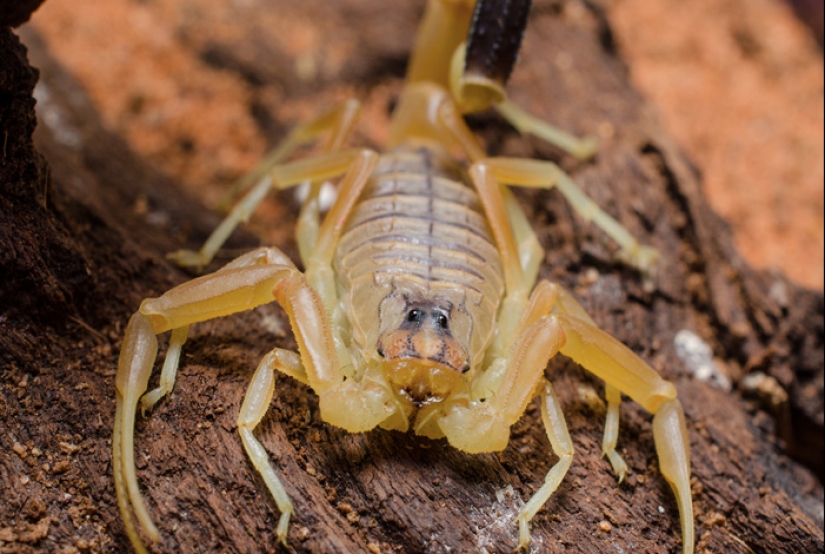
Yellow scorpions inhabit desert areas in northern Africa, the Arabian Peninsula and the Middle East. They use a powerful cocktail of neurotoxins to protect themselves from enemies and hunt. For children, as well as people with weakened health and heart disease, the bite of a yellow scorpion is fatal.
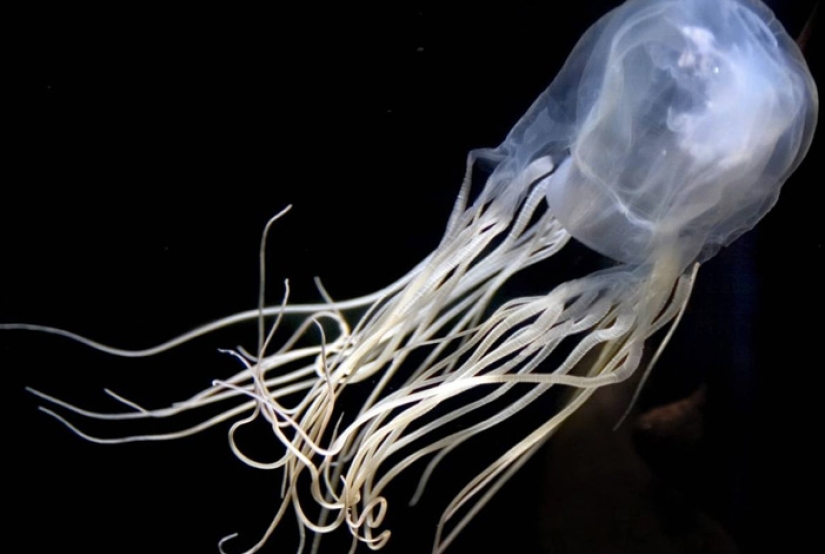
This group of jellyfish is represented by 20 species living in tropical and subtropical waters with oceanic salinity. An encounter with many of them can be very dangerous for humans. The consequences of contact with box jellyfish can be very different: from severe pain to death.
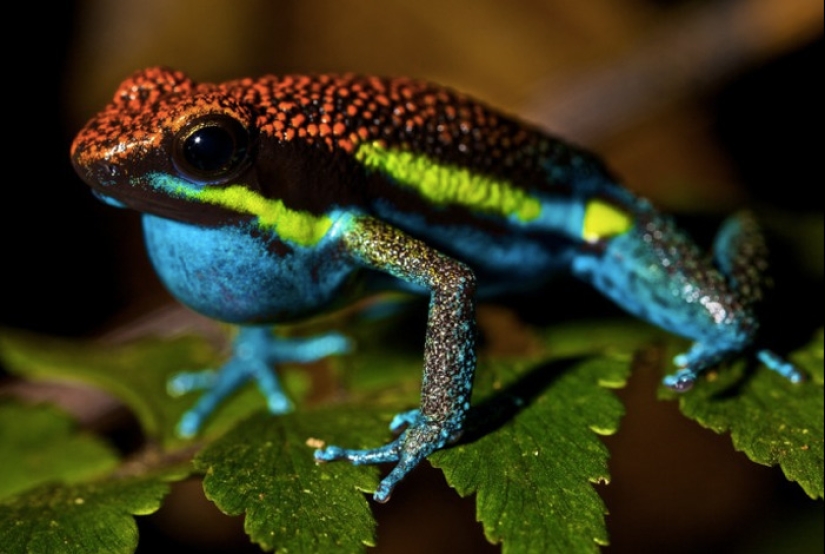
In the rainforests of Central and South America live frogs that produce a strong poison. Their skin secretions contain alkaloids-batrachotoxins. When in contact with human skin, the poison causes a slight burning sensation and headaches. If the poison gets into the body of a person or animal through the blood, it will lead to arrhythmia, fibrillation and cardiac arrest.
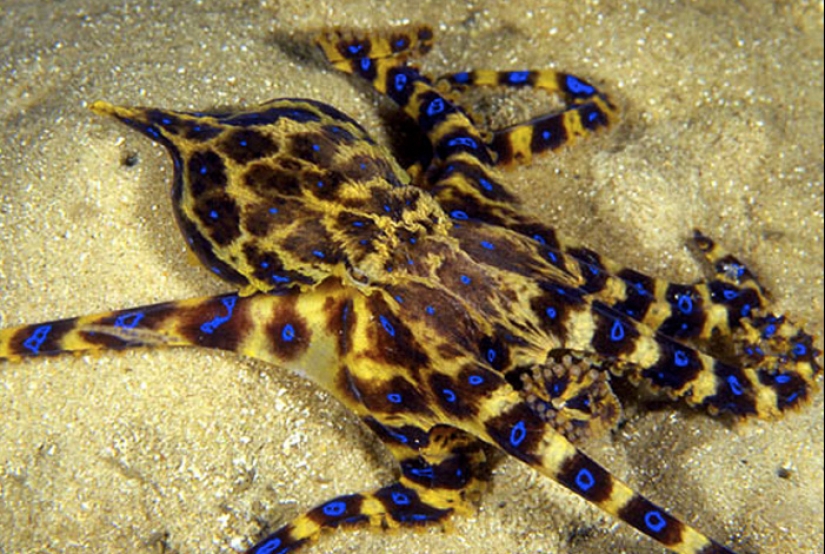
The size of this octopus does not exceed 12-20 cm, but it has so much poison that it is enough to kill 26 adults in a few minutes. Its habitat is the coastal waters of the Pacific Ocean, from Japan to Australia. The poison is produced by symbiotic bacteria living in the salivary glands of the octopus, and has a nerve-paralytic effect, the result of which is respiratory arrest, and then cardiac arrest.
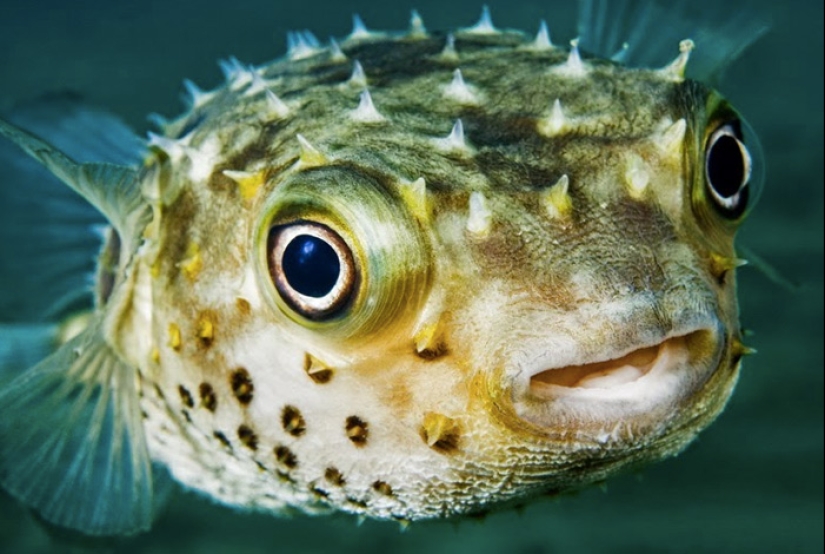
In Japan, fugu is considered a delicacy and is in great demand among thrill-seekers. The fish's internal organs contain a lethal dose of tetrodotoxin. If the cook does not remove all the poisonous parts or cuts the fish incorrectly, a dinner with fugu will be the last meal of their lives for extreme cuisine lovers.
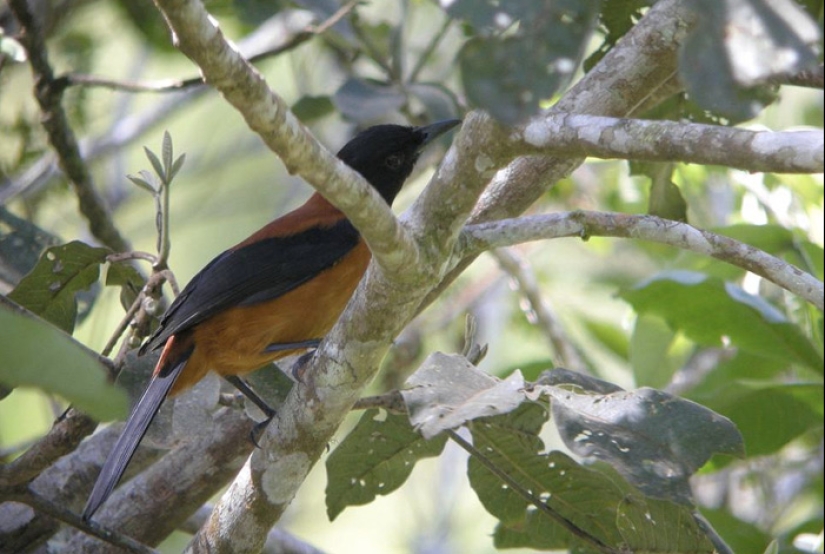
The skin and feathers of these birds, which live in the forests of New Guinea, contain the poison batrachotoxin. It enters the body of the pitohui from the beetles Choresine pulchra, which the birds eat. The birds develop immunity to the poison. When in contact with the pitohui, a person can get away with a chemical burn, for small animals contact ends in death.
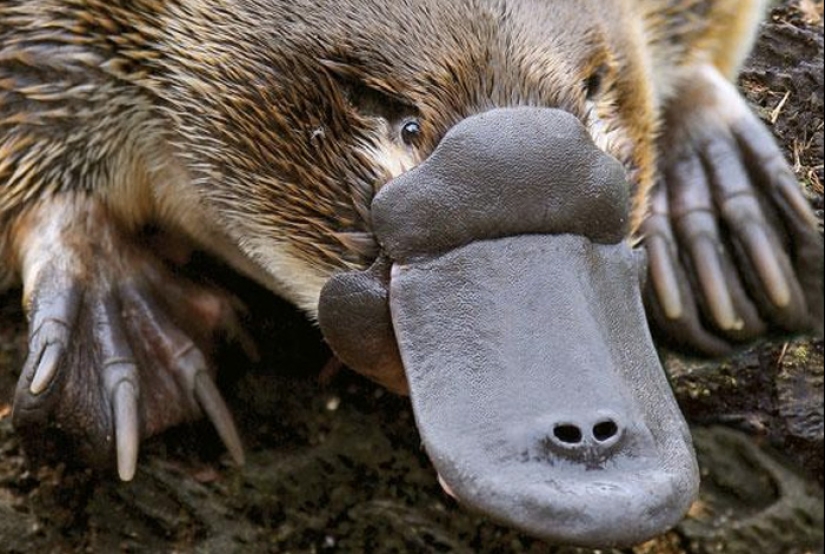
Young platypuses of both sexes have horny spurs on their hind legs. In females, they fall off, while in males, they grow to 1.2-1.5 cm in length. The spurs are connected to the femoral gland and during the mating season contain poison, the amount of which is enough to kill a small animal. In humans, the poison can cause severe pain and swelling at the injection site.

Slow lorises are the only known genus of venomous primates. Glands on the forelimbs of this cute little animal secrete a toxic cocktail. The venom can cause suffocation and death in both small animals and humans.
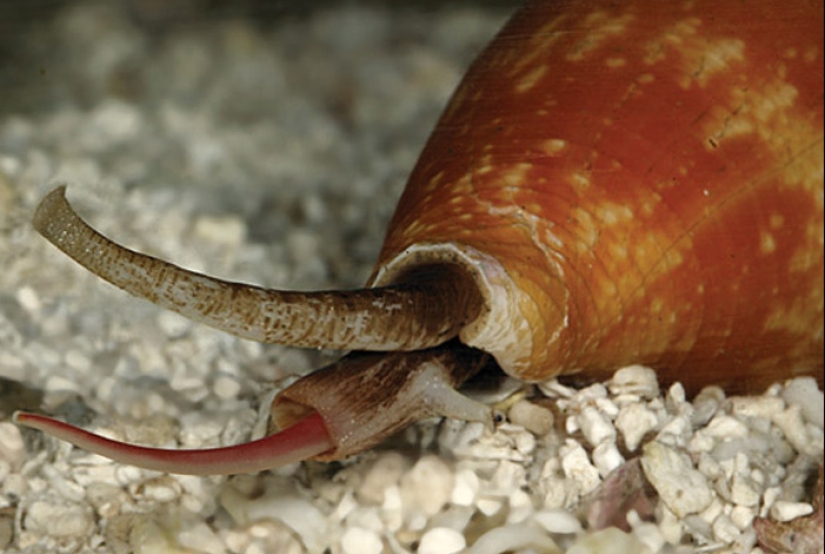
The most dangerous snail in the world has a perfectly conical shell. The predator's teeth are shaped like harpoons and are connected to a poisonous gland. Having found prey, the snail shoots a harpoon with a toxin at the victim. The poison almost instantly paralyzes small fish. For humans, some types of cones are also deadly - death can occur within just a couple of minutes.
Recent articles

Most of us think that the color of the eggshell does not play any role and it is possible not to pay attention. But it's not and ...

The more we rely on technology, the more potential power hackers gain over us. It doesn't matter if their goal is to help or cause ...

Creating a good portrait is one of the most difficult tasks for any photographer. In order to make a really natural and memorable ...